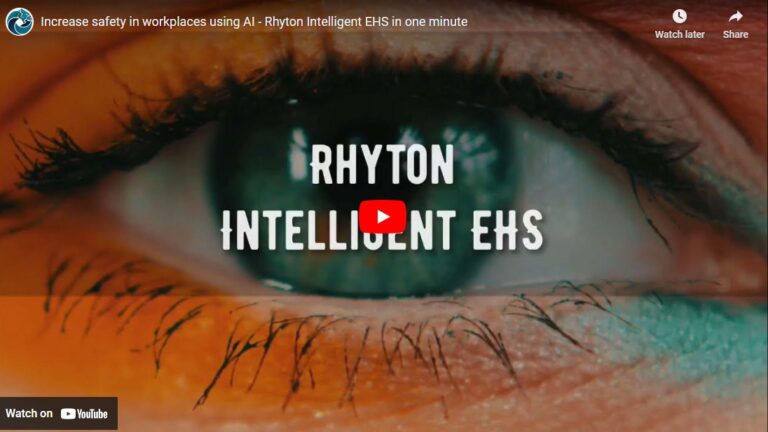Up-Stream
Overview
In Oil and Gas upstream operations, safety risks are a significant concern due to the potential for accidents and incidents that can cause harm to personnel, the environment, and equipment. Addressing these risks requires substantial human resources to monitor, track, and manage the hazards and potential risks.
However, with the advancements in Artificial Intelligence (AI), there is a growing opportunity to address these safety risks more efficiently and cost-effectively. AI-based systems like VEUNEX can identify potential risks and prevent accidents using CCTV and Machine Learning (ML), thus reducing the need for human intervention.
By implementing an AI-based system like VEUNEX, Upstream companies can effectively monitor and manage potential hazards without relying on a large workforce. This can improve safety outcomes and reduce the costs associated with maintaining a large safety management team.
Challenges
Some of the key safety challenges in the upstream sector include:
- Exploration and drilling: Safety concerns during exploration and drilling operations include well blowouts, fires, and equipment failures that can lead to spills, injuries, and fatalities.
- Transportation: The transportation of crude oil and natural gas by pipeline, tanker, or other means can also present significant safety challenges, including the risk of spills, leaks, and explosions.
- Production: Safety challenges during production operations include the risk of equipment failure, exposure to hazardous materials, and accidents related to maintenance and repair activities.
- Human factors: Factors such as fatigue, stress, and human error can also contribute to safety incidents in the upstream sector.
Overall, ensuring safety in the Oil and Gas upstream sector requires a strong safety culture, effective safety management systems, and ongoing training and awareness programs for all personnel involved in operations.
Solutions
VEUNEX is a game-changing solution for Upstream companies looking to overcome safety challenges. The system’s AI-based risk management approach, combined with the use of CCTV and Machine Learning, enables companies to identify potential risks and prevent accidents before they happen. For instance, VEUNEX can help tackle the challenges of working in hazardous locations by providing real-time monitoring and risk management.
It can also identify potential hazards in high-risk areas, such as drilling sites, and alert operators to take preventive measures. By utilizing VEUNEX, Upstream companies can take a proactive approach to safety management, reduce the number of accidents and incidents, and improve overall safety, health, and operational performance. With VEUNEX, Upstream companies can effectively manage risks and ensure the safety of their personnel, assets, and the environment.
VEUNEX can help Upstream companies take a proactive approach to risk management, allowing them to detect and address potential hazards before they become incidents or accidents. By providing real-time risk analysis and management, VEUNEX can help prevent accidents and minimize the impact of incidents that do occur.
In conclusion, using AI-based systems like VEUNEX can help overcome the challenges of safety risks in Oil and Gas upstream operations. By leveraging AI and reducing the need for a large workforce, companies can improve safety outcomes and reduce costs, ultimately improving the overall performance of their operations.








